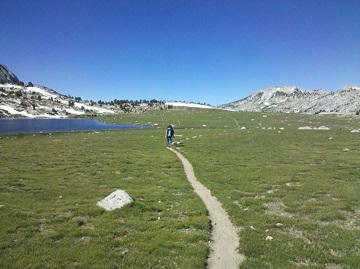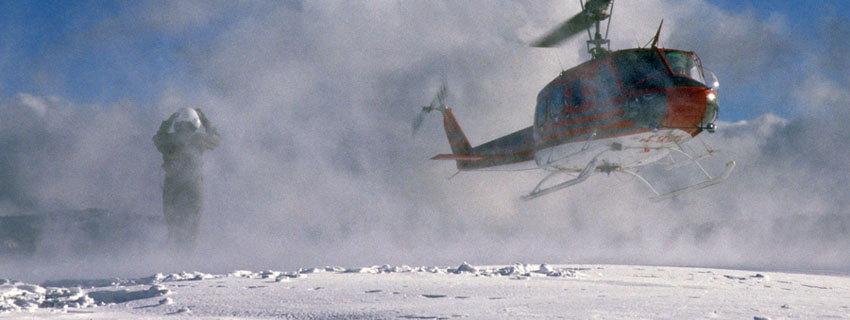Into the Wild, Safely
“When all the dangerous cliffs are fenced off, all the trees that might fall on people are cut down, all of the insects that bite are poisoned… the wilderness will not be made safe. Rather, the safety will have destroyed the wilderness.”
- R. Yorke Edwards
Risk is part of what makes wilderness wild. It’s part of what draws us away from the comforts of civilization. Wilderness areas embody freedom, but with this freedom comes responsibility and the need for self reliance. No website can truly teach you to travel safely in wilderness, but we can at least get you started with the right tools:
Some Important Wilderness Tips:
Know what you’re getting into and be realistic with your abilities: If you are not an experienced wilderness traveler, keep your ego in-check and be conservative when it comes to new adventures. If you are an experienced wilderness user, still keep that ego in-check and know your own limits.
Research the area you’re planning to visit: Talk to people who have been there before, ask rangers familiar with the area about local concerns, carry the appropriate maps, and know how to read those maps.
Tell someone where you’re going: Make sure you tell someone exactly where you’re headed and when to start worrying about you, especially if you’re hiking alone.
Bring the appropriate equipment, and know how to use it: Every wilderness experience requires slightly different gear, but wherever you’re headed here are some basic items that are always a good idea to carry:
- Flashlight or headlamp and extra batteries
- Rain/wind/sun/cold weather gear (light layers and sunscreen)
- Plenty of water and/or a water filtration system (consume at least 3 liters of water per day per person)
- food
- pen/paper
- whistle, signal mirror
- First aid items (including your medication and an emergency blanket)
- Decent footwear
- Map, compass, and GPS device (optional) Make sure you know how to use them!
- Watch
- Knife
- Firestarters (matches, lighter, fire ribbon, etc.)
Check out our backpacking gear list for more equipment tips.

Backpacking at Evelyn Lake, Yosemite Wilderness.
